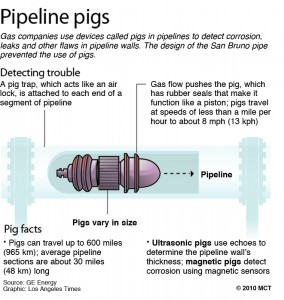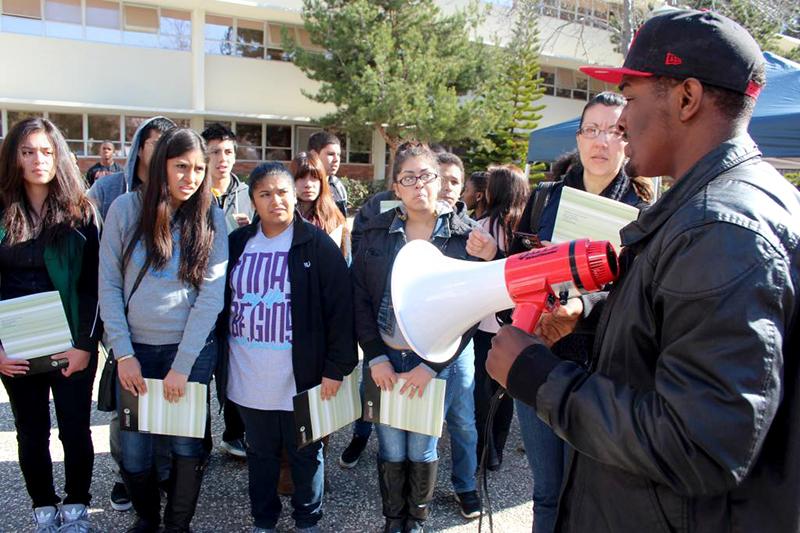 The recent fire in San Bruno on Sept. 9 showed just how dangerous
aging infrastructure can be if left unattended.
The recent fire in San Bruno on Sept. 9 showed just how dangerous
aging infrastructure can be if left unattended.
The National
Transportation Safety Board has begun an investigation into why a
portion of PG&E’s natural gas pipeline No. 132 fractured and ignited a
hundred foot high flame that burned well into the night. After crews were able to shut off the pipeline’s pressure valves, which were over a
mile from the explosion’s epicenter, the ensuing fire spread through
15 acres of San Bruno’s Crestmoor neighborhood destroying 38 homes.
As of yet 52 injuries have been reported, and seven people are
believed to be dead.
Although speculation is rampant, PG&E has maintained that it has
upheld all safety standards for maintaining the faulty section of
pipeline, which was installed in 1948.
Christopher P. Johns, who has
served as the company’s president since 2009, said of the 30-inch-diameter pipeline, “we did not anticipate any issues with it.” Peter
Katchmar, an investigator for the U.S. Department of Transportation’s Pipeline and Hazardous Materials Safety Administration, reverberated
Johns’ surprise by stating that the explosion was “just weird. This
should not have happened.”
Others are more willing to place blame for the incident.
California
State Senator Mark Leno publically stated, “The current
leadership at PG&E has lost its way. Nobody is minding the ship.”
There have been several unsubstantiated claims by San Bruno residents that reports of a gas leak were neglected by PG&E in the weeks leading up to the fire.
There have also been 132 incidents regarding natural pipeline failures since 1986, which have resulted in 18 fatalities. According to The Pipeline and Hazardous Materials Safety Administration, none have been as devastating as this recent
incident.
The San Bruno fire has brought attention to other Bay Area natural gas pipelines, which have been called into question. In 2009, PG&E reported
that the natural gas pipelines No. 107, which stretches from Livermore
to Fremont, and No. 131 which goes right through the heart of Fremont
are at risk and will need a combined $48 million to be upgraded.
The dangers are compounded by the fact that both pipelines come in contact with the Hayward fault, which the United States Geological Survey designates as
“increasingly likely” to cause a major earthquake in the near future.
Like many people who have not been aware of the potential dangers of
natural gas pipelines, Fremont Mayor Bob Wasserman said of PG&E, “They
certainly knew more about the risks than we did, and yeah, if there
was some risk, they should have let us know.”
On Sept. 16 a natural gas pipeline leak near Oakland’s Lake
Merritt forced police to evacuate nearby residents from their homes.
Although the leak was caused when a construction crew that cut the pipe after mistaking it for a phone line. A seemingly minor incident now has added significance in the
San Bruno Fire Raises Questions About thr Bay Area’s Outdated Pipeslines
September 23, 2010









